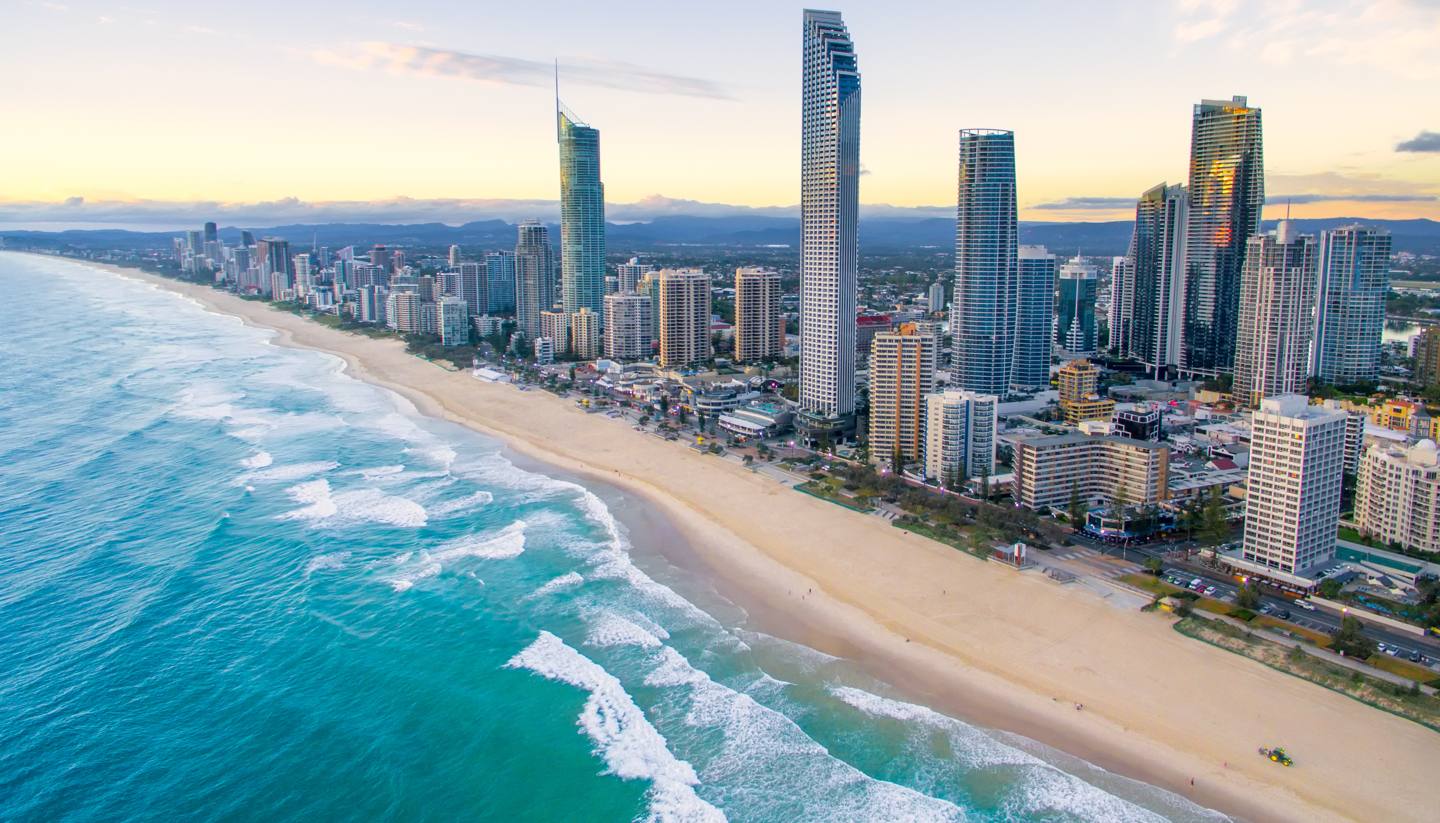A big stink breeds over a public toilet billed as Australia’s best. Legal threats are exchanged between the committee that commissioned it and the painter who lavishly adorned its walls. The “Cistern Chapel of Maryborough” was unveiled in mid-May to much fanfare, with its extravagant murals and golden “throne” splashed across TV screens countrywide. But hidden from the glowing coverage of a project which took two years and cost tens of thousands of dollars to complete was the increasingly toxic relationship between the small-town organizers and the passionate Hungarian artist who helped bring their dream to life. Cistern Chapel committee president, Nancy Bates, was the public face of much media attention, telling Channel 7’s flagship breakfast program, Sunrise, and the ABC of her “grand vision” to transform the “dingy” 120-year-old dunny.
Allow Facebook content?
This article includes content provided by Facebook. We ask for your permission before loading anything, as they may be using cookies and other technologies. To view this content, click ‘Allow and continue’. But her alleged failure to publicly acknowledge the primary painter, Akos Juhasz, while news crews instead interviewed another contributing painter in front of Akos’ work, has been described by the artist as an act of “revenge”. Akos has sought legal advice on whether there has been “an infringement of his moral rights” as an artist, as well over alleged breaches of his contract.
The Cistern Chapel committee insists the painter interviewed made clear that much of the work was done by another artist, but these comments weren’t included in the story that went to air. Meanwhile, it has concerns about Akos’ social media posts about the matter and has engaged a defamation lawyer. The parties blame each other for cost blowouts, delays, and breaches of contract, and each has a litany of allegations against the other. What they agree upon, however, is that the souring in relations was caused – at its heart – by a difference in artistic vision for the refurbishment of the toilet block.

Artist Akos Juhasz says he drew on history to create his vision for the Cistern Chapel. Photograph: Fiona Harper/The Guardian Akos, who moved to Australia in 2013, says he is not motivated by money, having walked away from a “very wealthy family” in a “big castle” and instead choosing poverty and devotion to artistic training and history in the schools of Budapest. “I’m not a street artist; I am a fine artist,” Akos says. “I do fine art as public art, which means my artwork has always got a message, meaning, and history.”
Cistern Chapel committee president Nancy Bates says the project ‘came together really well’ largely due to ‘special effects’ and not just the mural art. Photograph: Fiona Harper/The Guardian Akos says he applied his skills and that training to “create the whole universe” of the Cistern Chapel. Nonetheless, he says he tried to incorporate the committee’s ideas only to maintain “the quality of the artwork” – “where I can still put my name on it, you know?” Former journalist and committee member Jacqui Elson-Green claims Akos had difficulty following the directions of his employers.
” Akos Juhasz with his daughter in front of the gold leaf mural he created inside the Cistern Chapel Photograph: Supplied Elson-Green says the media coverage came before all the signage and promotional material was ready and that Akos is being acknowledged as an artist in storyboards and material now being released. She says his claim that he was not attributed for his work was “ridiculous”. “He signed the wall 14 times,” she says. Bates disputes Akos’ claims that the “entire universe” of the toilet was his creation, saying it was a committee – including some of the town’s most respected citizens – who reimagined the public restroom, raised funds, and petitioned the grants that transformed it.
Though the project “came together really well”, Bates says a lot of that was because of “the special effects” such as music, chandeliers, mini hot air balloons, and fresh flowers – “certainly not just the paintings”. Bates, who ran the town’s local paper for 20 years – becoming the state’s first female newspaper editor – has a medal of the Order of Australia and was named a “Queensland Great” by the premier. She says she would “prefer not to comment” on Akos’ murals, but she and Elson-Green claim he was difficult to work with. ‘Even if I am the biggest asshole in the world, those paintings are mine, and I created this whole story,’ artist Akos Juhasz has said. Photograph: Fiona Harper/The Guardian
However, Akos says discussions about his character are beside the point. He cites the example of Salvador Dalí, a man he says was “one of the biggest assholes in the world”. “Do we have the right to erase his signature from his artwork and put another name on it and claim that he didn’t paint it, that Dalí wasn’t the father of the modernization of surrealism?” Akos asks. “Even if I am the biggest asshole in the world, those paintings are mine, and I created this whole story and universe.”











